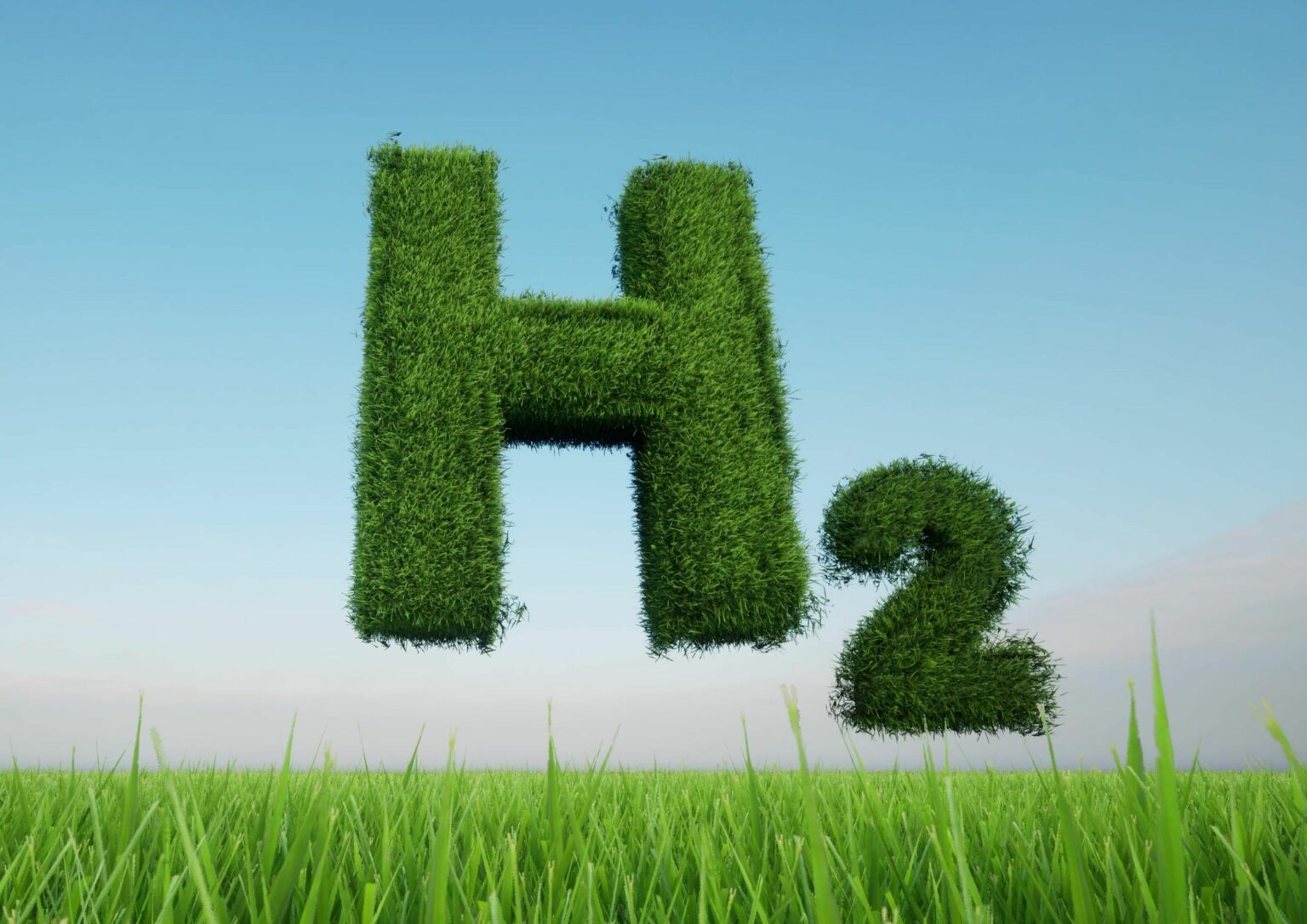In the ever-evolving landscape of clean energy, hydrogen has emerged as a key player in the quest for sustainable solutions. The recent collaboration between the Hydrogen Council and McKinsey has shed light on the state of the hydrogen economy, uncovering a narrative of substantial investments but a notable shortfall in final investment decisions (FIDs).
The report brings attention to a staggering 35% growth in the global project pipeline, boasting a cumulative value of $570 billion across various hydrogen sectors within a span of six months. Notably, projects in the Front-End Engineering Design (FEED) phases witnessed an impressive 60% surge. However, the stark reality lies in the fact that only 7% of these announced investments, amounting to $39.9 billion, have successfully navigated through the crucial FID stage.
Europe stands at the forefront of overall project announcements, securing over $190 million in investments. However, the region faces a challenge as only 4% of these projects, equivalent to $8 billion, have transitioned past the FID stage. In contrast, North America commands a 15% FID success rate with $10 billion, while China takes the lead with 35%, amounting to $12 billion.
Announced projects envision a substantial 45 million tonnes per annum (mtpa) of clean hydrogen production until 2030. However, as of October 2023, a mere 3 mtpa have received the green light through FID. Notably, 55% of the approved projects involve low-carbon or blue hydrogen production. The report indicates a commendable deployment of over 1 gigawatt (GW) of electrolyser capacity, with an additional 400 megawatts added in the current year. However, challenges such as higher capital expenditures, increased costs of capital, and renewable power expenses have impacted renewable hydrogen economics. Estimates suggest a 30-65% cost increase, bringing the production cost to $4.5-6.5 per kilogram.
While acknowledging the steady growth in clean hydrogen deployment, industry leaders emphasize the need for ambitious action. Sanjiv Lamba, CEO of Linde and Hydrogen Council Co-Chair, underlines the importance of the right regulatory frameworks and collaborative industry efforts to sustain the momentum. Kawasaki Heavy Industries Chairman and Hydrogen Council Co-Chair, Yoshinori Kanehana, emphasizes the necessity for joint action by both private and public stakeholders to transform the plethora of announced projects into a tangible reality.
The report highlights an existing investment gap of $430 billion to meet 2030 ambitions. The most significant gap lies in infrastructure investment ($210 billion), followed by end-use ($160 billion), and production and supply ($60 billion). Despite these concerns, the study identifies clean hydrogen deployment as steadily growing.
Approximately $6.5 billion have been committed to hydrogen infrastructure, with 45% of this investment concentrated in the Middle East. However, this commitment has not yet translated into a substantial increase in hydrogen pipeline capacity. Presently, around 5,000 km of hydrogen pipelines, primarily for grey hydrogen, are in operation. The global deployment of 1,100 hydrogen refuelling stations adds another layer to the hydrogen infrastructure landscape.
The report provides insights into the manufacturing capacities of key components in the hydrogen ecosystem. Electrolyser manufacturing capacity has reached almost 11 GW, showcasing a notable increase from 9 GW. Simultaneously, fuel cell production capacity stands at an impressive 15 GW, underlining the scale of manufacturing efforts to support the growing demand for clean hydrogen technologies.





